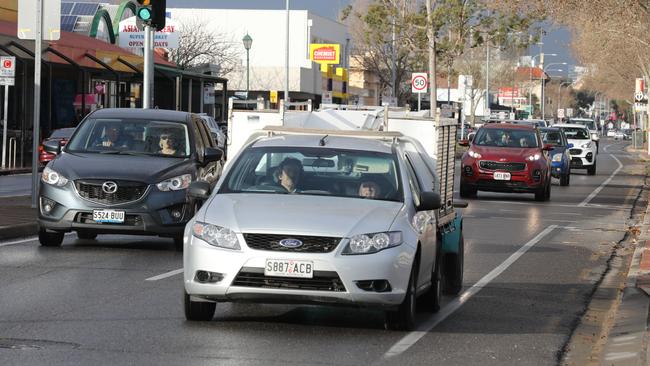Driving with autism: Big change for some Australian licences
A quiet change to the national standards means Aussies with this health condition may face $9000 fines if they get behind the wheel.
A quiet change to the national standards that govern driving fitness has left autistic Australians in legal limbo, potentially facing fines of more than $9000.
The 2022 Assessing Fitness to Drive standards were the first to list autism as a condition that “should be assessed individually”, but there is huge variability about how the new rule applies across states and territories.
That puts many autistic Australians, particularly those who were diagnosed later in life, years or decades after they earned their full licences, in a confusing place of legal limbo.

Rules for each state and territory
The Assessing Fitness to Drive guidelines are updated every few years and cover a range of medical conditions, including diabetes, epilepsy and vision. They are written for health professionals who treat people with conditions that may impact their driving.
According to Austroads, which develops the guidelines in conjunction with other groups, autistic drivers aren’t required to automatically report their diagnosis, but the “overarching requirement is that a person with a condition that may impair safe driving will need to report and be assessed”.
Each state and territory interprets the guidelines differently, making for a lot of confusion — as well as some eye-watering fines and costs.
Tests of driving fitness also vary across jurisdictions. GPs often request an on-road assessment from an occupational therapy driver assessor, which costs around $1500. If the test is failed, subsequent “driving rehab” lessons cost between $130-$150 a pop.

In Queensland, the Department of Transport and Main Roads requires drivers to obtain a medical clearance form from a doctor confirming that they are fit to drive despite being autistic. Failure to do so can result in a $9,288 fine and cancellation of licence.
In WA, drivers are required to report any health condition that will have an impact on their driving, and “autism should be disclosed”. Failure to inform the department of a condition that is likely to impair driving can result in a $500 fine.
In Victoria, drivers are required to self-report any long term health condition or disability that has an impact on their ability to drive safely.
In NSW, autistic drivers aren’t required to inform Transport for NSW of their diagnosis, but anyone with a long-term health condition, which may include autism, that affects safe driving is required to self-report.
In SA, autistic drivers aren’t required to disclose their diagnosis automatically, but they are required to report any health condition that may impact their ability to drive. Health professionals have a mandatory obligation to report drivers they deem medically unfit to drive.
In the NT, only drivers with a disability or health condition which affects their driving are required to inform the Registrar of Motor Vehicles. Health professionals have a mandatory obligation to report drivers they deem medically unfit to drive.
In Tasmania, drivers are legally required to report any long-term health condition they have that might impact their driving.
In the ACT, all drivers are legally required to report any long-term health condition or disability that may impair their ability to drive to Access Canberra.

Does autism impact driving ability?
The new standards state that autistic people may struggle with “managing attention and distraction, understanding non-verbal communication from other drivers, planning and organisation of the driving task and adapting to unexpected change, sensory sensitivities (e.g. glare and sound), emotional regulation and input overload, repetitive behaviours such as rocking or hand flapping”.
But studies reflecting the actual experiences of autistic drivers are hard to come by. They typically have small sample sizes and centre around young or learner drivers.
For instance, a study published in the American Journal of Occupational Therapy in 2013 of 22 autistic and ADHD teens and 22 neurotypical teens who used driving simulators showed that the neurodivergent teens made more errors relating to visual scanning, speed regulation, lane maintenance and adjustment to stimuli than their neurotypical counterparts.
But clinical psychologist Professor Robyn Young describes autism as “a social condition” whereas “driving is very much a physical thing”.
“So you know when someone’s turning, they’re putting an indicator on, you’re not having to assume, ‘Oh they’re turning left here’. You’re not having to read people’s minds in order to be able to [drive], it’s very physical and structured,” Professor Young told the ABC.
Health consultant Fiona Langdren, who has consulted on the standards for 20 years, noted that autism is not the only condition impacted by the standards. She said there are many drivers with conditions besides autism who may be unaware of their obligation to self-report.
Originally published as Driving with autism: Big change for some Australian licences





